As equestrians, we all know how important it is to maintain a solid and trusting connection with our precious four-legged creatures. This relationship is after all, the foundation of how a human communicates with a horse, a prey animal that has become a valued friend to a predator. It amazes me how a typically hunted animal has come to trust a two-legged creature with an unparalleled bond and how they have instilled enough trust to perform the commands that we ask of them.
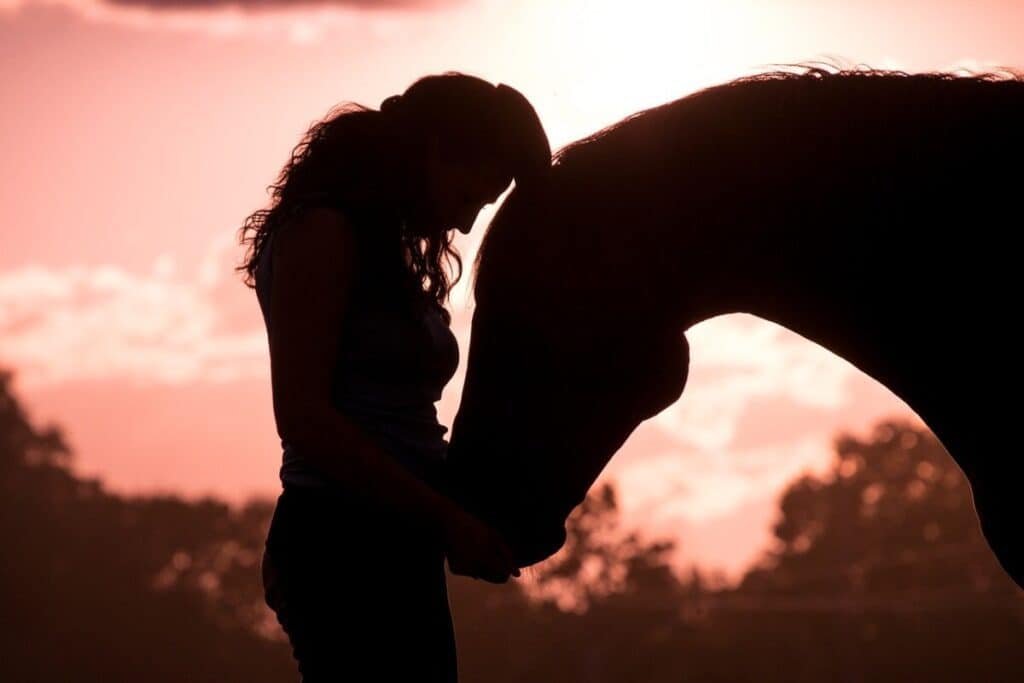
When we break it down and think about it, a horse is a 450 kg plus creature able to crush us at a moment’s end without hesitation. So it is our duty to ensure that they remain comfortable and content within our confines. A connection that provides this level of compatibility and safety between two species is worth the time and effort, but did you know that even the littlest of interactions can have a considerable influence?
The Horse Is A Prey Animal That Trusts A Predator!
Simply taking the time to pamper and care for your horse, such as regular grooming regimes, are easy tasks that dramatically enhance the horse-to-human relationship. That’s right, even grooming has the potential to strengthen your connection with your horse, so without further ado, let’s see just how it works.
Basic Horsemanship is Building Trust
The basic concept of horsemanship is building a trusting environment within the relationship between a horse and a human. If we are without trust, we are without compatibility, workability, and most importantly to the ability to make progress as a team.
One of the first things that I do when working with a new or green horse is to introduce myself, as if on a first date or interview for a big company. I want to be able to let the other participant know that I am someone worth their time, assuring them in return that I deserve their attention as well.
Physically, I will approach a horse as an equal rather than a predatory figure, creating a mutual ground between the two of us. A horse will be more interested in getting to know a person when presented in a safe and comforting way, letting the horse become more attentive to their future intentions. Only once a trusting relationship, or even an introduction, has been formed, the teamwork can truly commence. While this may seem specific to a green or unfamiliar horse, this principle of mutual respect is uniform throughout human-to-horse interactions.
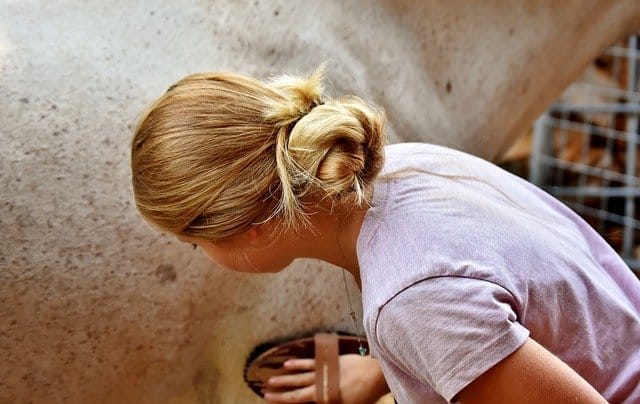
Grooming Regimes
When we think about our grooming regimes, it is one of the first interactions during a training session, making it highly influential. Think of it as reintroducing yourself to your horse when you begin a new day of training.
Now, this doesn’t mean that your horse forgets who you are after each session; it simply means that your mood or character may be different on Tuesday than it was on Monday. Let’s say you’ve had an awful day at work before rushing to the barn, mindlessly tacking up and riding your horse. But all that Frenchie knows is that you are not the fun and loving individual that you usually are putting your stress on him and ultimately leaving that training day with a bad taste in its mouth. Little did you know that the simplest mistake of forgetting to groom could have turned that day completely on its heels.
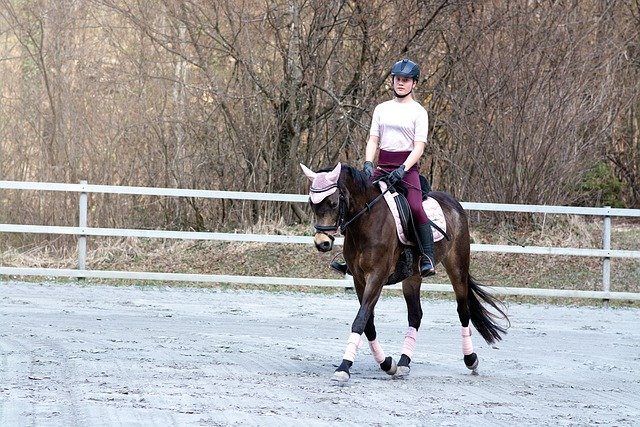
Grooming As a Preparation For Ridden Work
We all love a good spa day, where we get to relax, recollect, and genuinely appreciate ourselves, putting a positive spin on the rest of our day. The same is true for our trusted, four-legged friends, who all deserve a little pampering here and there. Grooming helps prepare our horses for the riding session physically and allows them to take a breath for themselves before the more stressful task begins. It also dramatically helps to bring the two of you closer together as a team and a family, further building that respect and trust that any relationship requires.
Grooming For Health
Grooming should be completed regularly, and even having a hygienic equine schedule can help wonders with the bigger picture. Primarily, the practice of grooming is used to best prepare your horse for the session in terms of removing any dust and dirt from the saddle areas. In addition to this, it gives us, as equestrians, the chance to check for any lesions or sores that may impact the horse’s work ethic if agitated.
Suppose there is a cut or ulcer-like protrusion located on the girth area of the horse. In that case, it can become excruciating with a rubbing and tight girth, making that horse uncomfortable and potentially dangerous to its rider.
It is considered more advantageous to examine without gloves, ensuring that the groomer can feel any bumps and scraps that may be present. The art of a careful groom with the use of curry combs and stiff brushes can act as a message for your horse, prompting proper blood circulation throughout their skin which in turn helps to regulate bacterial conditions. Furthermore, grooming can significantly help your horse’s coat by releasing the oils and dirt that are hidden deeper.
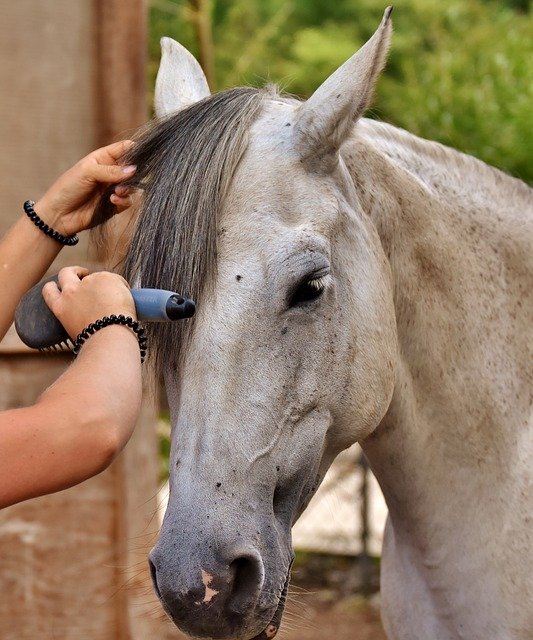
A Good Grooming Routine
Different equestrians will have their tips and tools that they prefer for their grooming experience, including specific techniques and order of operations. But whether you like to pick feet first or last, the main idea is simply to make sure your horse is best prepared for the following training session.
With this in mind, it is essential to include currying, hard and soft-bristled brushing, hoof picking, lesion checking, fly spraying, and mane and tail grooming in your daily routine. This is also an excellent time to check your horse’s head and eyes for any alarming signs of external complications. Additionally, if your horse has any lesions or sores, especially on their hoof area, be sure to apply the appropriate ointment if instructed by your veterinarian.
Some tools to include in your grooming box would be a curry comb, a hard body brush, a soft brush for more sensitive areas, a hoof pick, a comb for mane and tail, a sponge, a towel, trimmers, fly spray, and hoof and body ointments.
It is best to conduct your grooming habits in an outdoor environment, better ensuring the safety of both horse and rider. The idea here is to make your horse as comfortable as possible, letting them purely focus on the pampering to come.
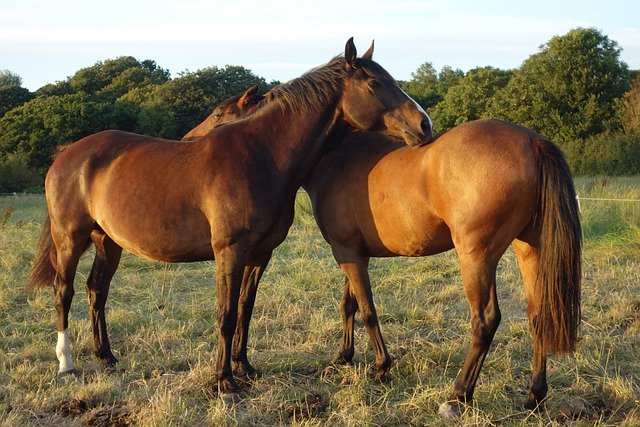
Grooming is an Important Part of a Horse’s Social Interactions in the Herd.
Grooming For Mutual Benefit
Grooming is the time before your training session to spend some quality one-on-one time with your horse. In any relationship, whether romantic or platonic, quality time together is one of the most beneficial tactics to keeping that particular connection strong and trusted. So before rushing to your next riding session, take the time to get to know your horse as they get to know you better through a mutually deserved grooming session. We all deserve a little pampering from time to time.
This Article was originally published in the May 2021 Issue of Irish Sport Horse Magazine.
